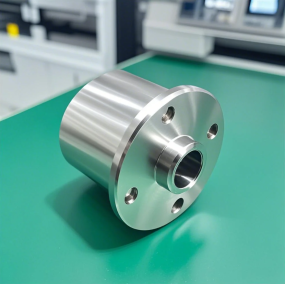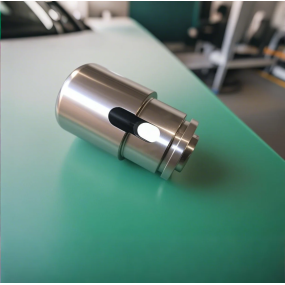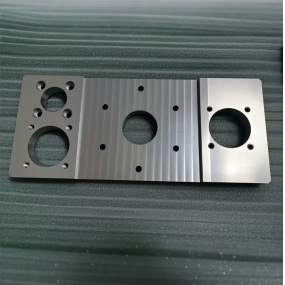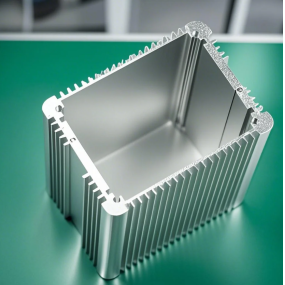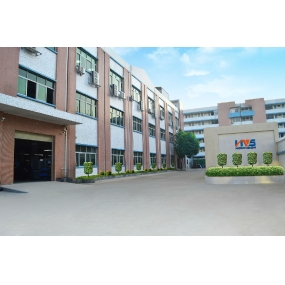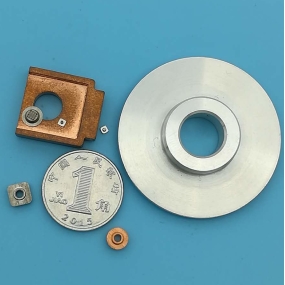Sheet metal casing is a common component commonly used in electronic products, mechanical equipment, automobiles, and other fields. Cutting is an important step in Sheet Metal Processing. Below are four common methods for cutting sheet metal shells.
1. Manual cutting: Manual cutting is a traditional cutting method that is easy to operate and suitable for some simple shapes and small batch production. Operators need certain skills and experience to use manual cutting tools (such as hand saws, scissors, etc.) to cut sheet metal shells. This method has lower costs but lower efficiency and is suitable for small-scale production.
2. Stamping cutting: Stamping cutting is a commonly used sheet metal processing method, which locates and cuts the sheet metal through molds. By using punching machines and other equipment, efficient production can be achieved, suitable for large-scale production and processing of complex shaped shells. Stamping has high cutting accuracy and efficiency, but requires the production of molds, resulting in high costs and cycles.
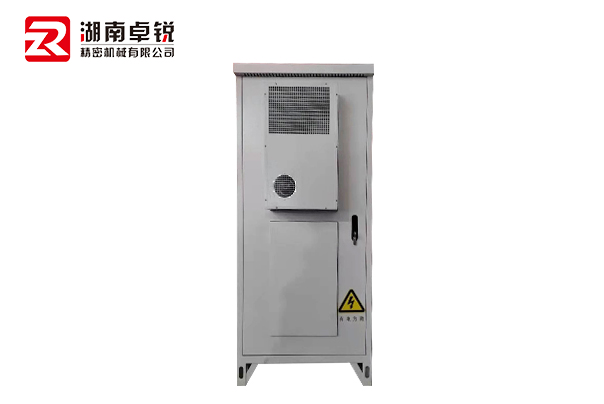
3. Laser cutting: Laser cutting is a high-precision sheet metal processing method that uses a laser beam to cut sheet metal. Laser cutting does not require contact with the surface of the workpiece and can achieve precise cutting, making it suitable for high-precision and complex shaped shell processing. Laser cutting has fast speed and high precision, but equipment investment and maintenance costs are relatively high.
4. CNC cutting: CNC cutting is a processing method that uses CNC equipment to automatically cut sheet metal, which can achieve high-speed and high-precision production. Numerical control cutting is suitable for processing shells of various shapes and materials, with simple operation and good stability, and is suitable for large-scale production. The precision and efficiency of CNC cutting are high, but the equipment investment is relatively large.
Overall, different cutting methods are suitable for different production needs and shell shapes. Manual cutting is suitable for small-scale, simple shaped production; Stamping cutting is suitable for large-scale and complex shape production; Laser cutting is suitable for high-precision and complex shape production; Numerical control cutting is suitable for automated production of various shapes and materials. When choosing a cutting method, it is necessary to comprehensively consider factors such as cost, accuracy, and efficiency, and choose a method that is suitable for one's own production needs.


 Spanish
Spanish Arabic
Arabic French
French Portuguese
Portuguese Belarusian
Belarusian Japanese
Japanese Russian
Russian Malay
Malay Icelandic
Icelandic Bulgarian
Bulgarian Azerbaijani
Azerbaijani Estonian
Estonian Irish
Irish Polish
Polish Persian
Persian Boolean
Boolean Danish
Danish German
German Filipino
Filipino Finnish
Finnish Korean
Korean Dutch
Dutch Galician
Galician Catalan
Catalan Czech
Czech Croatian
Croatian Latin
Latin Latvian
Latvian Romanian
Romanian Maltese
Maltese Macedonian
Macedonian Norwegian
Norwegian Swedish
Swedish Serbian
Serbian Slovak
Slovak Slovenian
Slovenian Swahili
Swahili Thai
Thai Turkish
Turkish Welsh
Welsh Urdu
Urdu Ukrainian
Ukrainian Greek
Greek Hungarian
Hungarian Italian
Italian Yiddish
Yiddish Indonesian
Indonesian Vietnamese
Vietnamese Haitian Creole
Haitian Creole Spanish Basque
Spanish Basque

